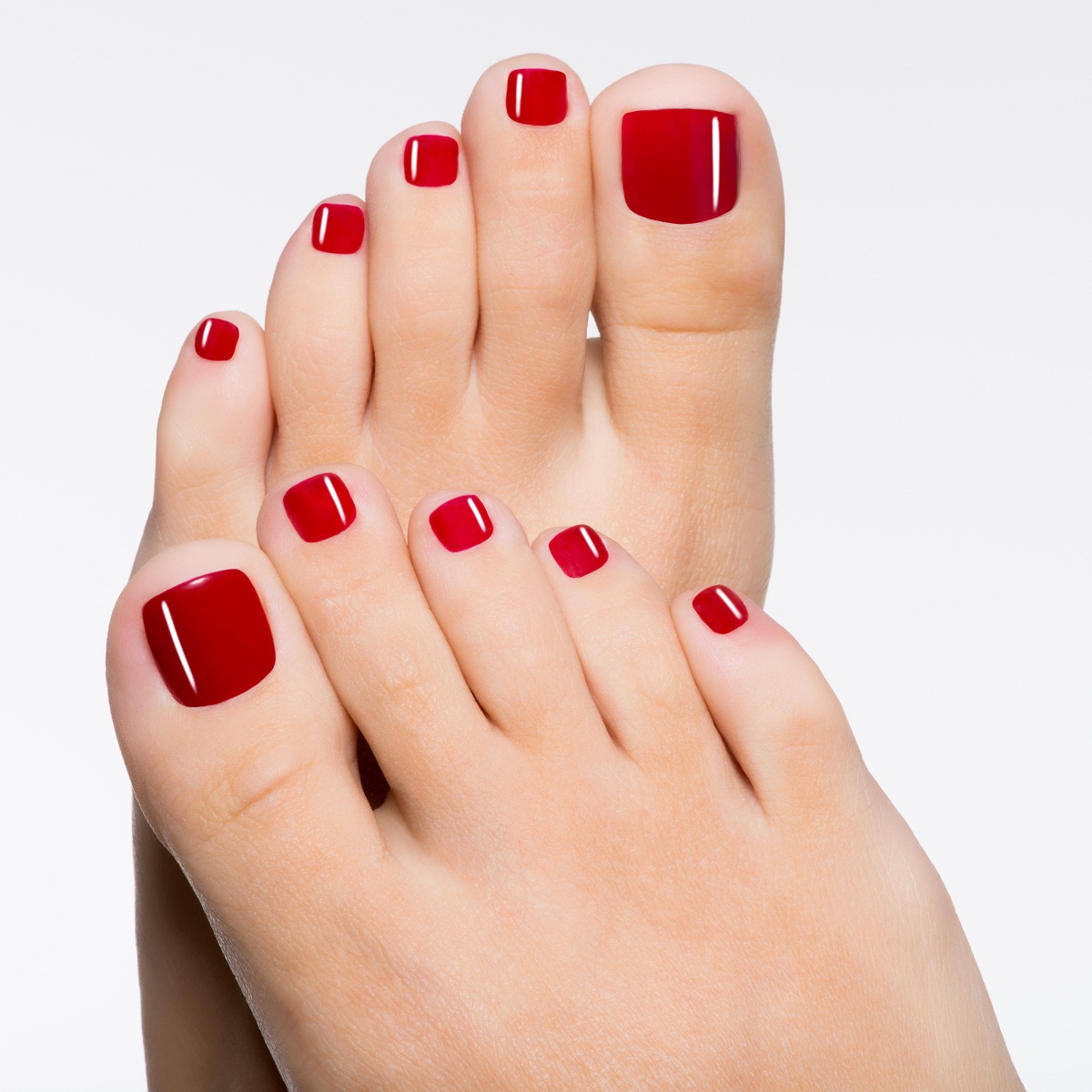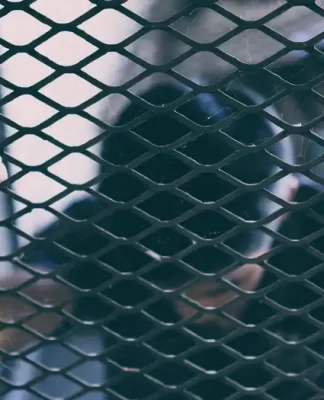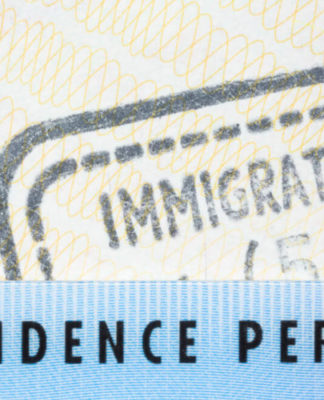Ten Easy Steps to Happy Feet
Many hikers lace up their boots and go for miles without foot problems. Others can put on the same type of socks and boots, and have all kinds of problems. No two hikers’ feet are the same and how they react to the stresses of hiking will vary. You’ll enjoy hiking more and have more success when you make smart choices in footwear and educate yourself in foot care techniques. Here are my top ten foot care tips for a fun hiking experience.
1. Condition Your Feet
It is important to train the muscles, tendons, and ligaments of your ankles and feet for hiking with a pack. The under trained are more prone to ankle sprains and overuse injuries. Start with short hikes and a light pack and work your way up.
2. Get Good Footwear
Fit is the most important element to keeping your feet happy. Your boots should feel “right” wearing the same socks you use for hiking. Your toes need plenty of room to wiggle and breath with at least one finger width between your longest toe and the front inside of the boot. Your heels should fit securely in the heel cups, moving no more than _ inch upward when you walk. You should not feel stitching or seams. Be sure your feet don’t slide around in the boot as you move up or down an incline.
3. Custom Fit Your Footwear to Your Feet
If there are tight spots that rub, you have two options. Take the boots to a shoe repair shop or pedorthist to have the leather stretched at the bothersome spot. Alternatively, use a dab of oil-based leather treatment on the problem area, then stretch the leather by rubbing a hard object, like a rounded stick, against the leather. This rubbing should stretch a small pocket to relive pressure.
4. Break in Your Boots
Wear your boots around the house for a few days to be sure they feel OK. Then venture outside while shopping and on walks and short hikes so they mold to your feet. Leather boots are usually stiff until broken in.
5. Wear Good Socks
Avoid moisture-retaining cotton-instead wear moisture-wicking wool or synthetic socks. Try a few types of socks and decide whether a single sock, a thin liner with an outer sock, or double layer socks are best for your feet. Remember if wearing two pair, more space is required inside your shoes so be sure your shoes are sized big enough. Change socks daily and dry washed socks on your pack.
6. Manage Your Toenails
Socks will catch on nails that are too long or that have rough edges, putting pressure on the nail bed. Nails that are too long are also prone to pressure from a toe box that is too short or too low. Toenails should be trimmed straight across the nail–never rounded at the corners. Leave an extra bit of nail on the outside corner of the big toe to avoid an ingrown toenail. After trimming, use a nail file to smooth the top of the nail down toward the front of the toe to remove any rough edges.
7. Manage Your Skin
Many hikers think tough callused skin helps prevent blisters. Blisters deep under calluses are difficult to drain and treat. Use a callus file and an over-the-counter cream to soften these problem areas or at least reduce the thickness. These creams can also help heal fissures, cracks in the skin that are typically found on heels. Left untreated, fissures can split open and expose underlying tissue to infection.
8. Rest Your Feet
Take your boots and socks off when resting and eating lunch, elevating your feet to reduce swelling. In camp wear sandals or flip-flops. Your feet need the air and will appreciate the sunlight.
9. Learn How to Prevent Blisters
Experiment with different blister patching products and different taping techniques. Find what works for your feet and then perfect the method. On the trail you can save your feet with a few simple steps. If you feel a hot spot, stop and fix the problem. A small bit of duct tape can protect a hot spot and can also be used over an offending seam in your boot. Check your boots for dirt and grit that can rub the skin, and straighten and smooth your socks before putting your boots back on.
10. Carry a Small Foot Care Kit
A small foot care kit carried in a small Zip-lock bag weighs only a few ounces. It should contain your choice of lubricant or powder, a few alcohol wipes to clean lubricant off the skin, a few tincture of benzoin wipes to help the patch stick to your skin, several blister patches of your choice, a least a yard of duct tape wrapped around a small pencil, and a safety pin to drain blisters.
Source: Fixingyourfeet.com




























